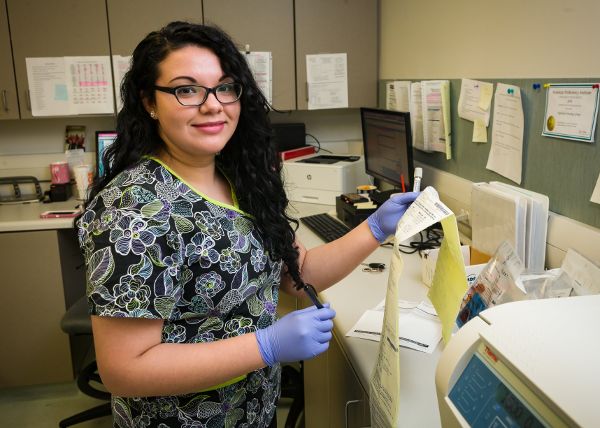Overview
Brain tumors are masses of abnormal cells that have grown out of control. These tumors rarely spread to other parts of the body, but they can spread throughout other areas of the brain. In many types of cancer and other parts of the body, distinguishing between malignant and benign is very important. In the case of brain tumors, even benign tumors can grow and harm other areas of the brain. Initial concerns of these tumors are how quickly it could spread to other areas of the brain or spinal cord and if it can be removed and not come back.
Brain tumors often behave very differently in children versus adults. They many times show up in different areas, have varying cell types, and outlook/treatment is often different.
There are three main parts of the brain portion of the Central Nervous System (CNS): cerebrum, cerebellum and the brain stem. The cerebrum is the largest part and is the outer portion of the brain – there two halves known as hemispheres and it controls many functions of the body including: thought, emotion, language, voluntary muscle movement, and interpreting physical stimuli. The cerebellum is located under the cerebrum and it helps coordinate movement. The brain stem is the lowest part of the brain and it connects to the spinal cord. This area controls signals between the cerebrum and the rest of the body. There are specific areas of the brain stem that control vital functions like breathing and heart rhythm. Cranial nerves originate in the brain stem.
Symptoms
Symptoms of a brain tumor in the cerebrum can include:
- Seizures
- Nausea or vomiting
- Difficulty with speech
- Abrupt change in mood
- Personality changes
- Weakness or paralysis
- Changes in vision or other senses
Symptoms of a brain tumor in the cerebellum may include:
- Difficulty walking
- Fine movement challenges with limbs
- Problems swallowing
- Changes in speech rhythm
Symptoms of a brain tumor in the brain stem can include:
- Weakness
- Rigid muscles
- Difficulty feeling sensation, facial movement, hearing or swallowing
- Double vision is often reported as an early symptom
Risk Factors
Research has shown most brain tumors are not associated with specific risk factors or no known cause. A few factors known to raise concern include: radiation exposure, family history in rare cases, and a weakened immune system.
Prevention
Due to the fact that most brain tumors are not associated with a specific risk factor or behavior, there is not much one can to do protect against them.
Diagnosis
Most brain tumors are found when a patient presents with concerning signs or symptoms that could be caused by a brain tumor. Your doctor will perform a comprehensive physical exam and obtain a medical history. If any of their findings are abnormal, they may refer you to a neurologist or neurosurgeon for further testing. Common tests include imaging, such as an MRI, CT, PET Scan, or X-Rays. If abnormal areas show upon those images, a biopsy is often the next step to help identify what type of tumor it may be. A spinal tap, blood tests, and urine samples may also be conducted.
Treatment
The treatment plan will determine on a number of factors including your age and overall health, the type of tumor, where the tumor is located, likelihood the treatment will work and the patient’s wishes as it relates to possible side effects. Typically, a team of doctors work together to develop a personalized treatment plan to give the best chance of success in treating the tumor and minimizing side effects. Treatment plans can include a singular option, or combination of:
- Surgery
- Radiation Therapy
- Chemotherapy
- Targeted Therapy
- Other drug treatments







